Double act: Daniel Libeskind takes on modern masters of abstract sculpture

If there’s one thing abstract art is not, it’s straightforward. Packed with meaning, often beguilingly simple in design, the style has the power to simultaneously inspire and bewilder.
Some may think a series of seemingly arbitrary curves and lines are empty or over-simplified. But Daniella Luxembourg, art dealer and one half of New York gallery Luxembourg & Dayan, would argue the devil doesn’t always lie in the details — but sometimes in the lack thereof. ‘Abstract art was once one of the most radical and thought-provoking movements,’ says Luxembourg.
This month, she joined forces with friend and famed architect Daniel Libeskind (of Manchester’s Imperial War Museum) to release ‘Figures Toward Abstraction: Sculpture 1910 – 1940’ at Luxembourg’s gallery.
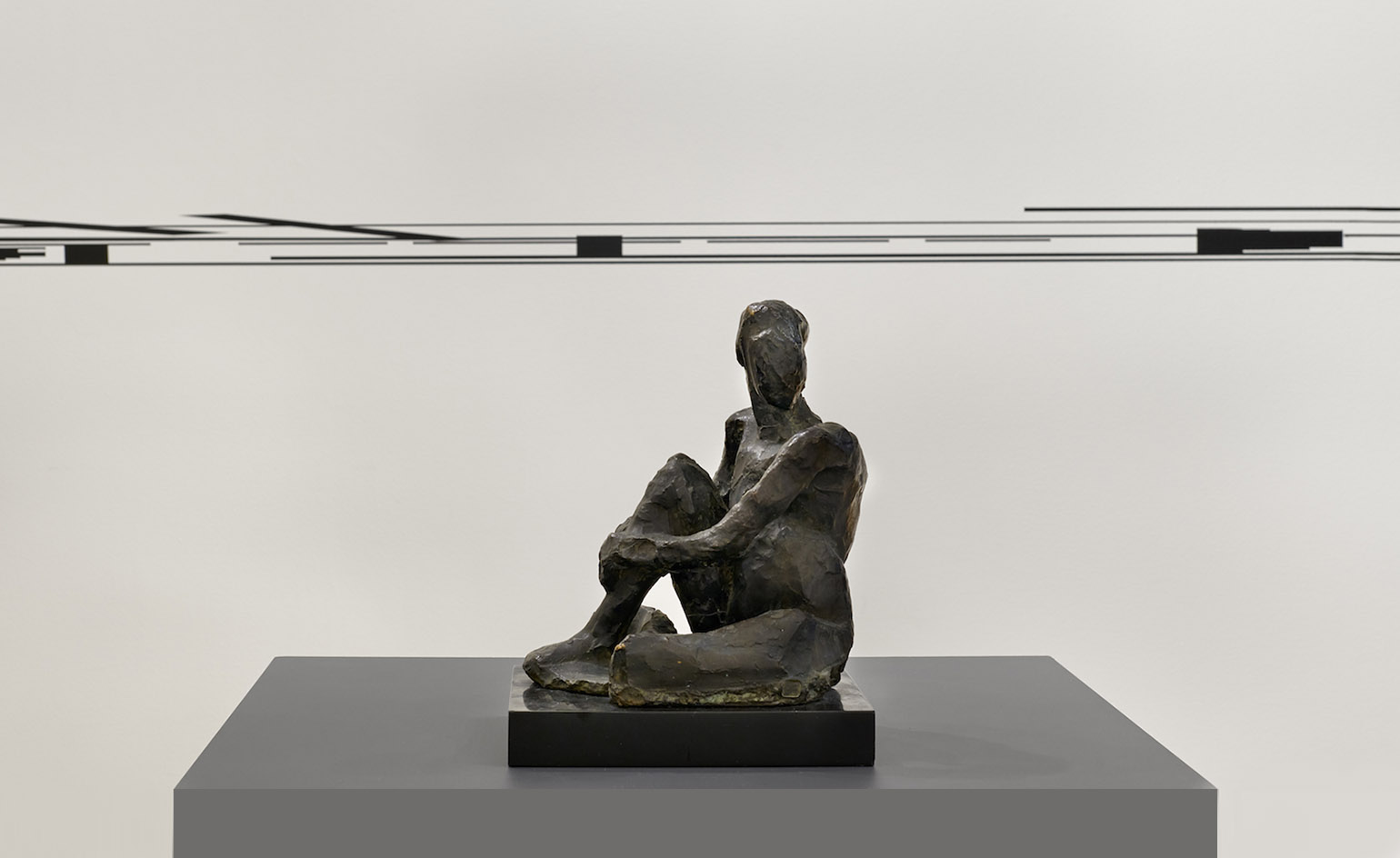
Nu assis bras autour de la ambe droite, by Henri Matisse, conceived 1918, cast 1930. Courtesy of Luxembourg & Dayan
Inspired by a letter artist Alberto Giacometti wrote to Henri Matisse in 1947, which explained his unintentional decision to create abstract sculptures, the exhibition breathes life into an ongoing conversation between Luxembourg and Libeskind about abstraction in art, architecture, history, and life.
‘I think abstraction at the beginning of the century has to do with the pure essence of sculpture,’ Luxembourg explains. ‘You didn’t need the image to create the movement. You could make an abstract movement without putting details into where are the legs, or where is the head.’
Though Luxembourg credits Giacometti and Matisse as pillars of the exhibition, ‘Figures Toward Abstraction’ features an array of artists like Julio González, Henri Laurens, Jacques Lipchitz, and Jean Tinguely. Additionally, Rudolf Belling’s groundbreaking Dreiklang (1919) is on display for the first time in the US.
The show’s levels of abstraction range from Lauren’s tangible Femme accouchée (1927) to Lauren’s hard-to-decipher cubism and Gonzalez’s interpretable bronze works. In total, the exhibition features 13 sculptures surrounded by an installation designed by Libeskind, who's clean, minimalist aesthetic lets the sculptures do all the talking.
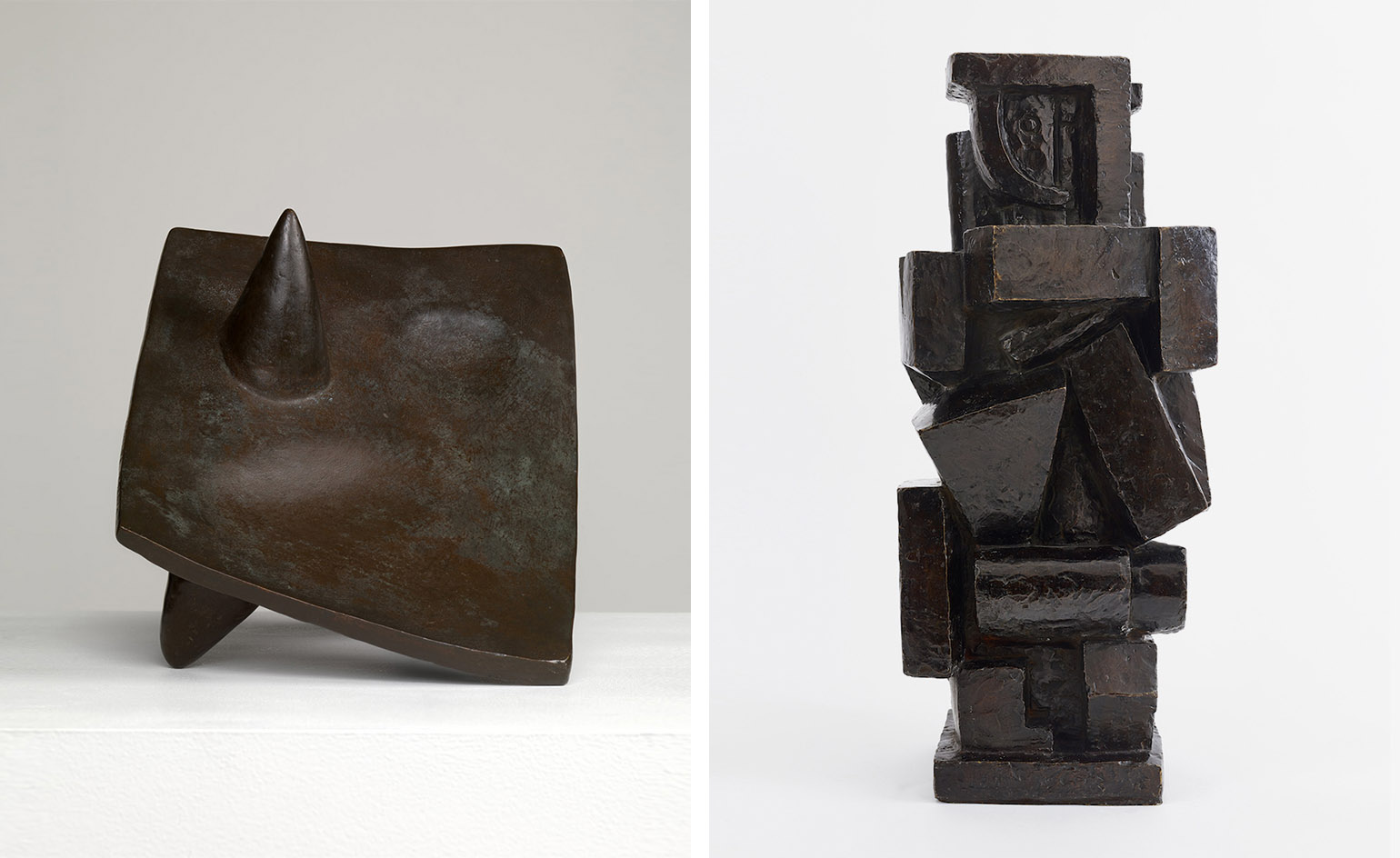
Objet désagréable a jeter, by Alberto Giacometti, conceived 1931, cast 1979. Right, Figure, dite cubiste I, by Alberto Giacometti, conceived c1926, cast 1962-3
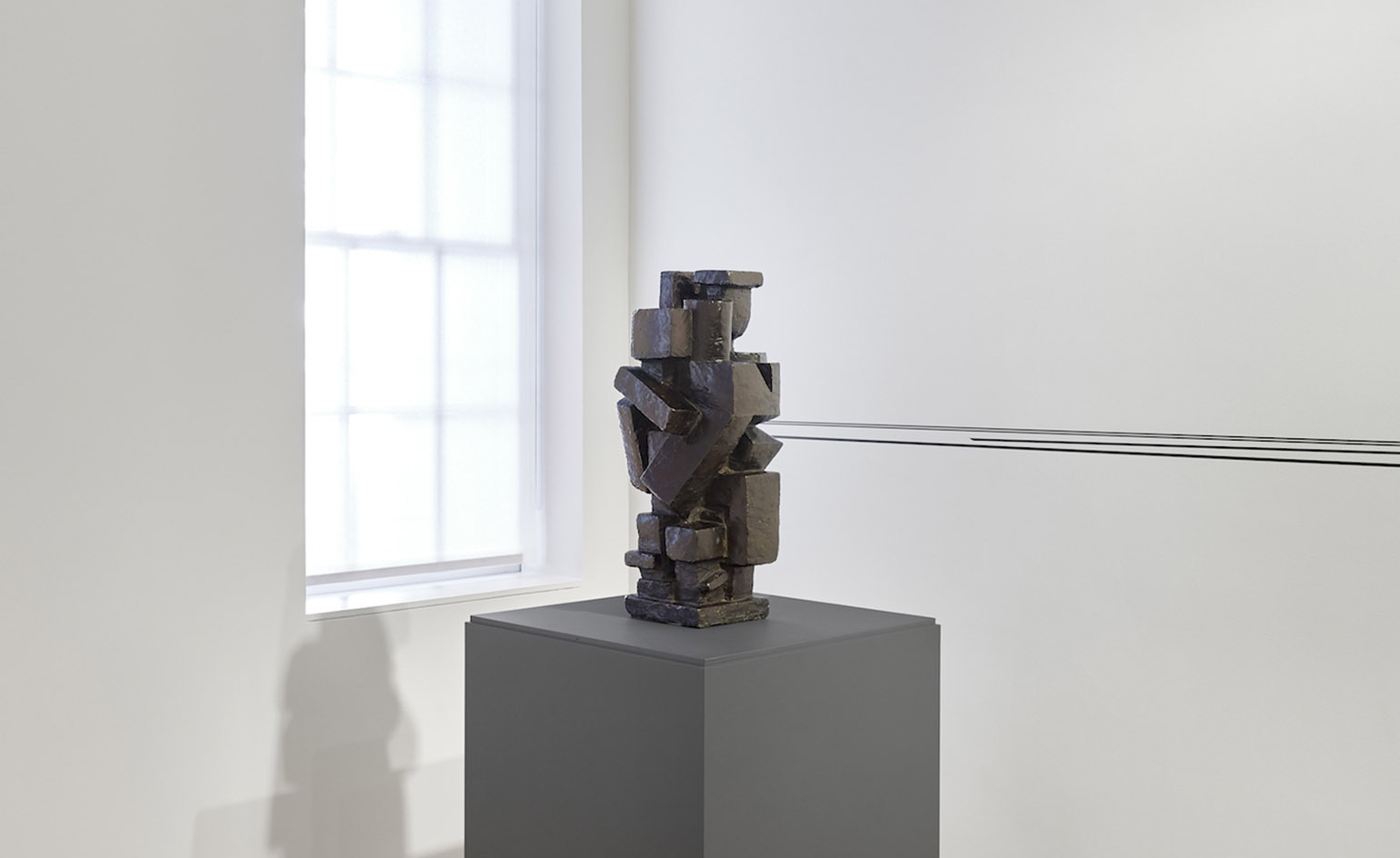
Figure, dite cubiste I, by Alberto Giacometti, conceived c1926, cast 1962-3. Courtesy of Luxembourg & Dayan
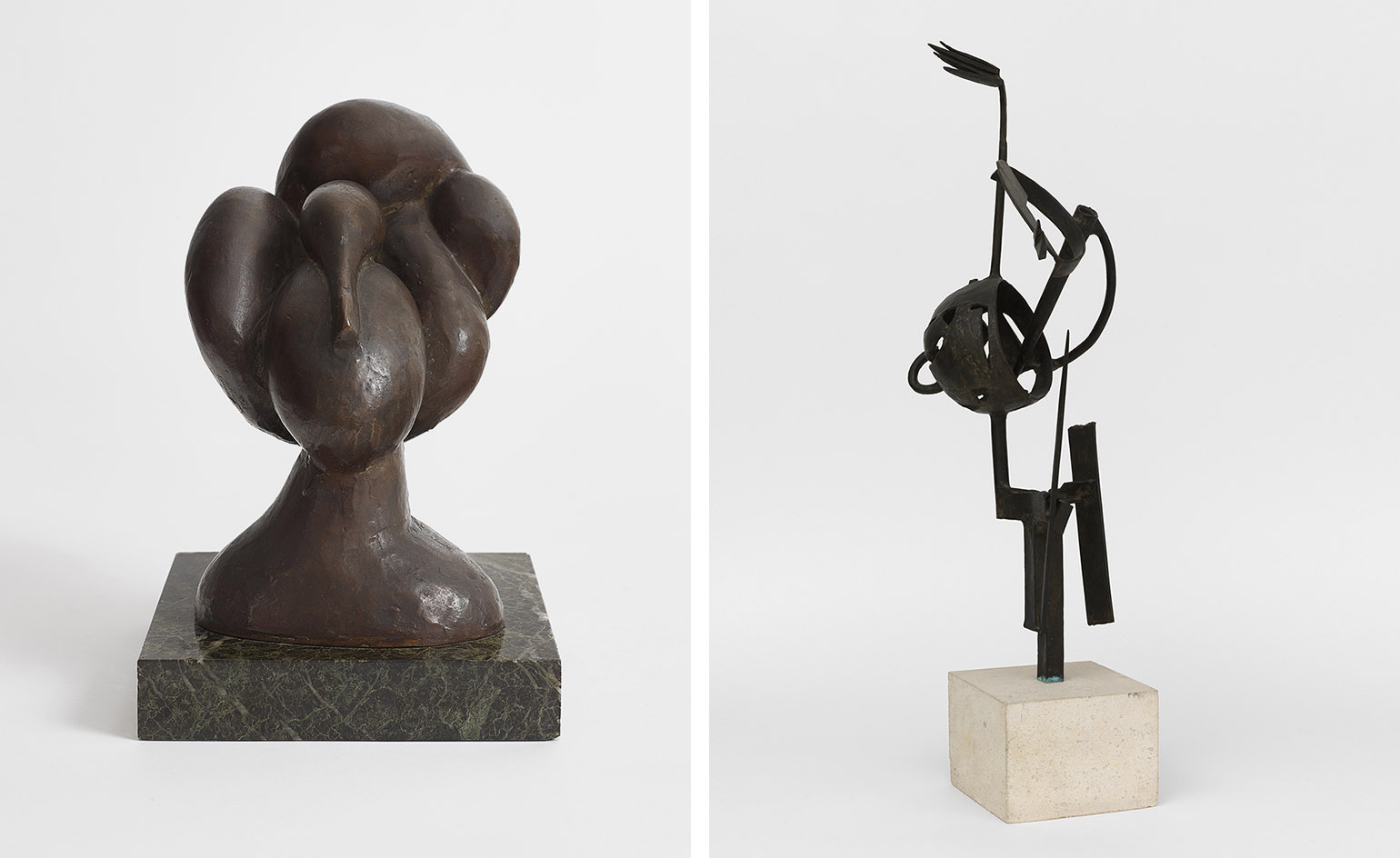
Le Tiaré, by Henri Matisse, conceived 1930, cast 1954 . Right, Le rêve (Le baiser), by Julio González, conceived 1934, cast 1980
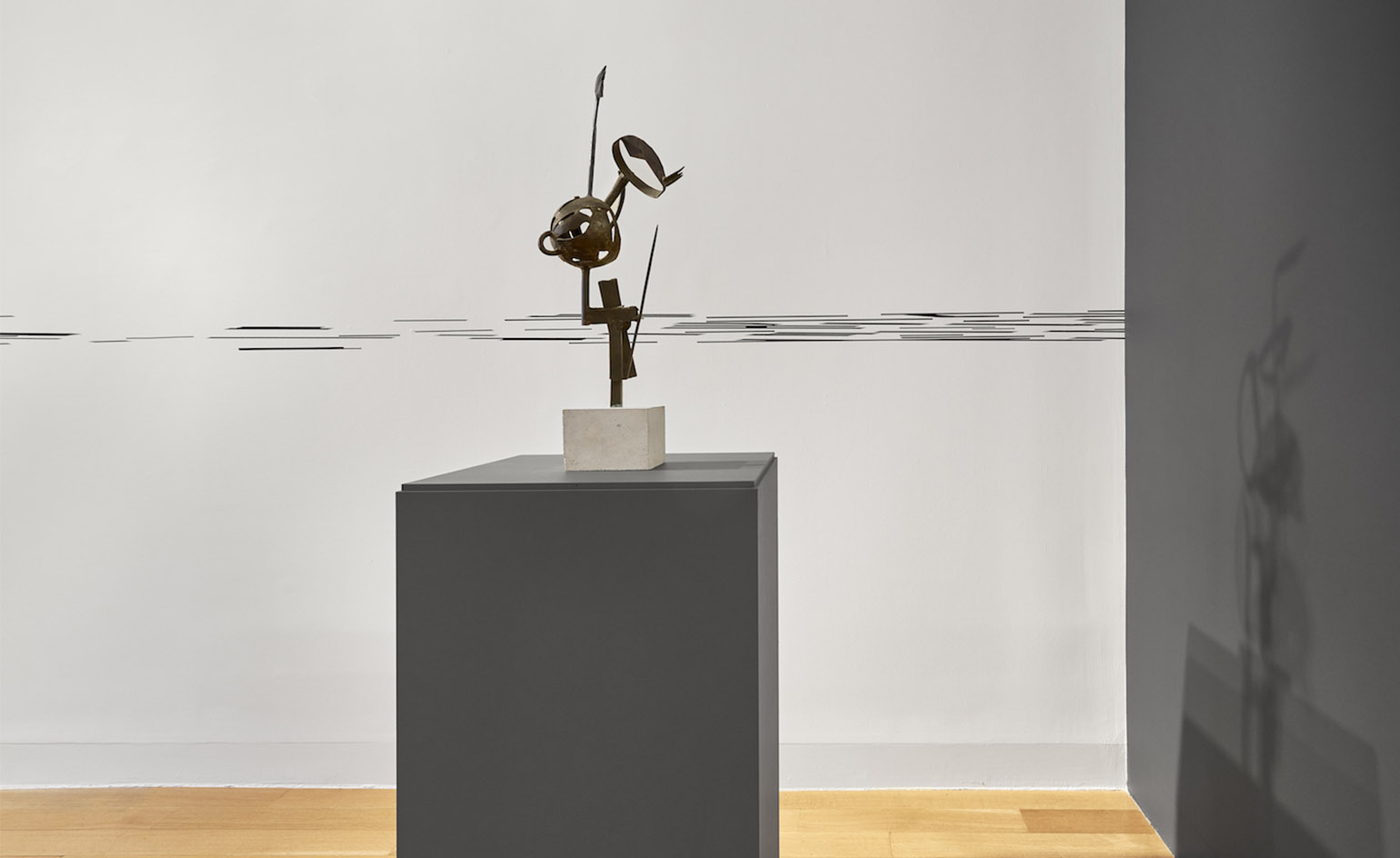
Le rêve (Le baiser), by Julio González, conceived 1934, cast 1980. Courtesy of Luxembourg & Dayan

Dreiklang, by Rudolf Belling, conceived 1919 (cast at a later date). Courtesy of Luxembourg & Dayan
INFORMATION
‘Figures Toward Abstraction: Sculpture 1910 – 1940’ is on view until 1 July. For more information, visit the Luxembourg & Dayan website
ADDRESS
Luxembourg & Dayan
64 East 77th Street
New York, NY 10075
Receive our daily digest of inspiration, escapism and design stories from around the world direct to your inbox.
-
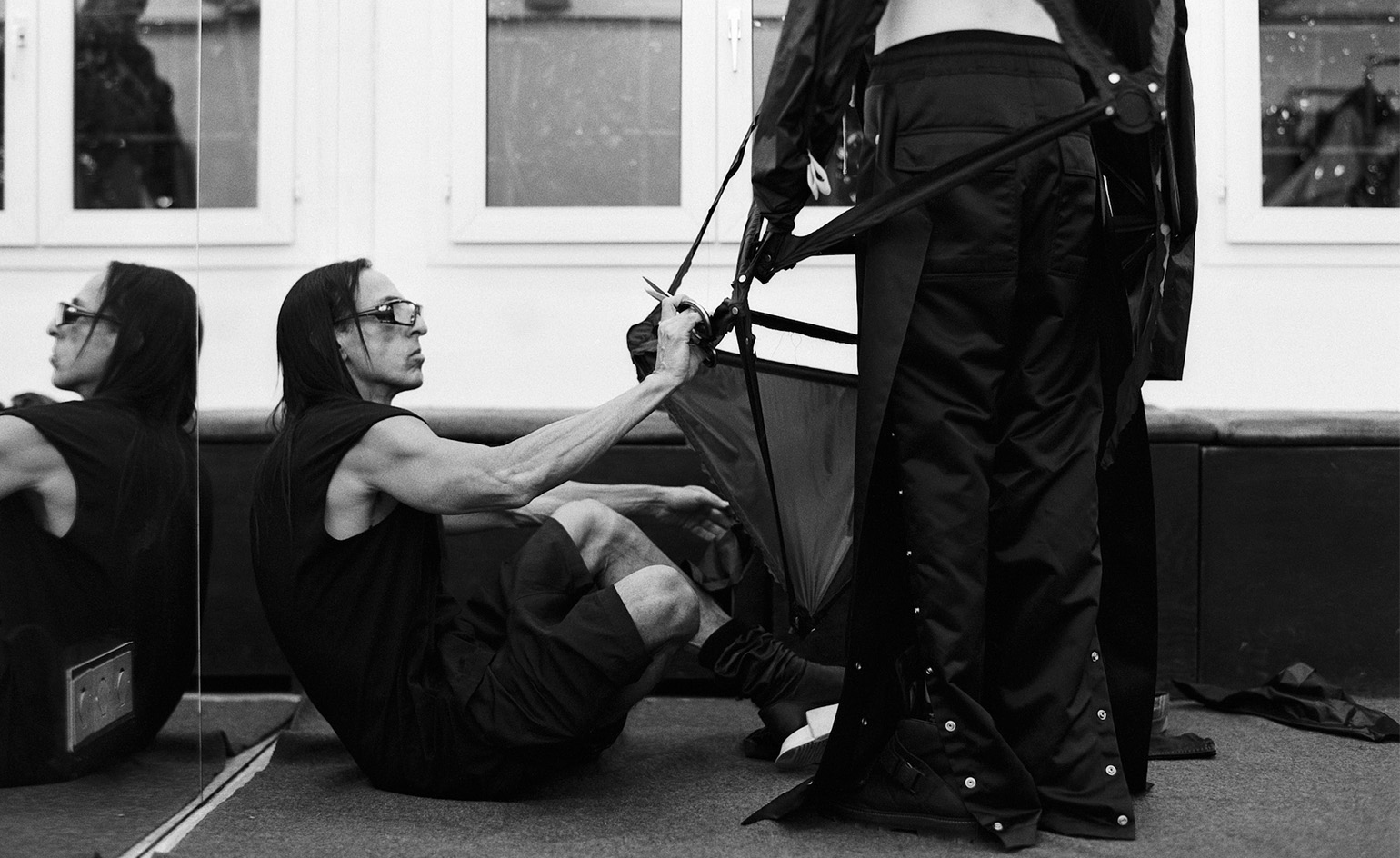 These illuminating interviews tell the story of 2025 in style, from Rick Owens to runway magic
These illuminating interviews tell the story of 2025 in style, from Rick Owens to runway magicExploring themes of creativity, resilience and facing fashion’s future, a series of intriguing conversations from the style pages of Wallpaper* in 2025
-
 This LA-based furniture designer finds a rhythm in music and making
This LA-based furniture designer finds a rhythm in music and makingWallpaper* Future Icons: LA-based Ah Um Design Studio's expressive furniture features zig-zagging wooden frames, mohair and boucle upholstery, and a distinctive use of tiles
-
 This Mexican architecture studio has a surprising creative process
This Mexican architecture studio has a surprising creative processThe architects at young practice Pérez Palacios Arquitectos Asociados (PPAA) often begin each design by writing out their intentions, ideas and the emotions they want the architecture to evoke
-
 Out of office: The Wallpaper* editors’ picks of the week
Out of office: The Wallpaper* editors’ picks of the week'Tis the season for eating and drinking, and the Wallpaper* team embraced it wholeheartedly this week. Elsewhere: the best spot in Milan for clothing repairs and outdoor swimming in December
-
 Nadia Lee Cohen distils a distant American memory into an unflinching new photo book
Nadia Lee Cohen distils a distant American memory into an unflinching new photo book‘Holy Ohio’ documents the British photographer and filmmaker’s personal journey as she reconnects with distant family and her earliest American memories
-
 Out of office: The Wallpaper* editors’ picks of the week
Out of office: The Wallpaper* editors’ picks of the weekIt’s been a week of escapism: daydreams of Ghana sparked by lively local projects, glimpses of Tokyo on nostalgic film rolls, and a charming foray into the heart of Christmas as the festive season kicks off in earnest
-
 Ed Ruscha’s foray into chocolate is sweet, smart and very American
Ed Ruscha’s foray into chocolate is sweet, smart and very AmericanArt and chocolate combine deliciously in ‘Made in California’, a project from the artist with andSons Chocolatiers
-
 Inside the work of photographer Seydou Keïta, who captured portraits across West Africa
Inside the work of photographer Seydou Keïta, who captured portraits across West Africa‘Seydou Keïta: A Tactile Lens’, an exhibition at the Brooklyn Museum, New York, celebrates the 20th-century photographer
-
 Out of office: The Wallpaper* editors’ picks of the week
Out of office: The Wallpaper* editors’ picks of the weekFrom sumo wrestling to Singaporean fare, medieval manuscripts to magnetic exhibitions, the Wallpaper* team have traversed the length and breadth of culture in the capital this week
-
 María Berrío creates fantastical worlds from Japanese-paper collages in New York
María Berrío creates fantastical worlds from Japanese-paper collages in New YorkNew York-based Colombian artist María Berrío explores a love of folklore and myth in delicate and colourful works on paper
-
 Out of office: the Wallpaper* editors’ picks of the week
Out of office: the Wallpaper* editors’ picks of the weekAs we approach Frieze, our editors have been trawling the capital's galleries. Elsewhere: a 'Wineglass' marathon, a must-see film, and a visit to a science museum